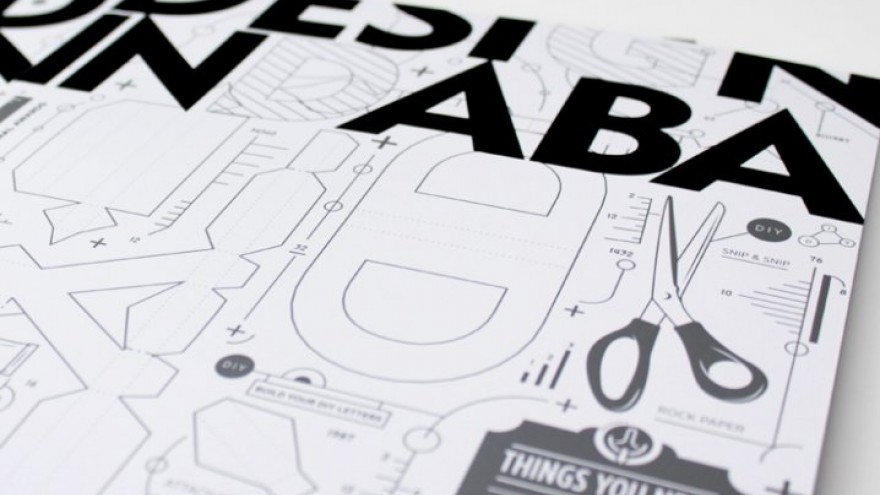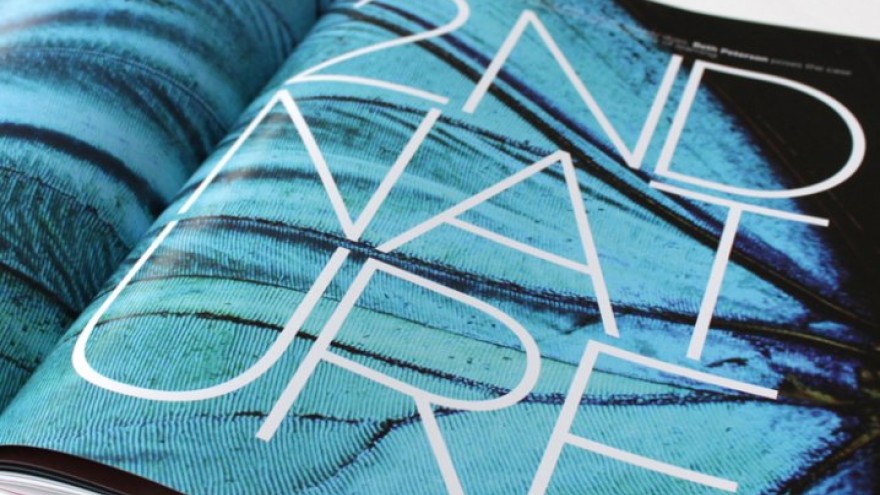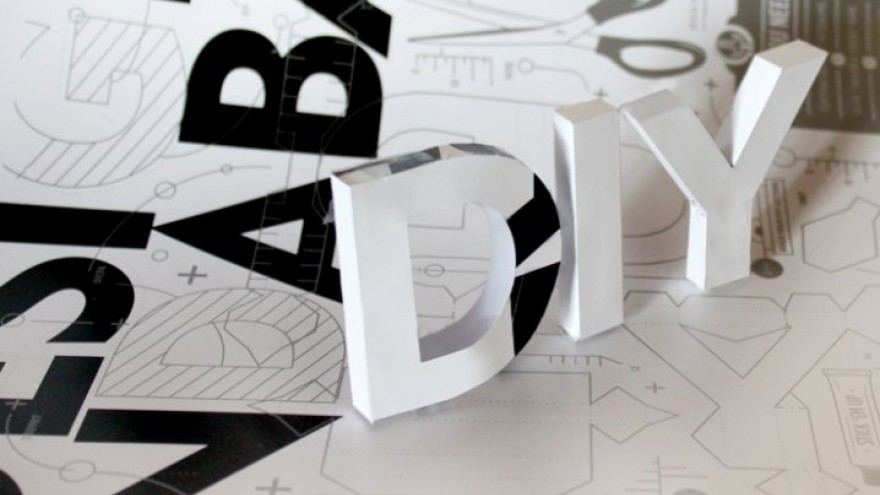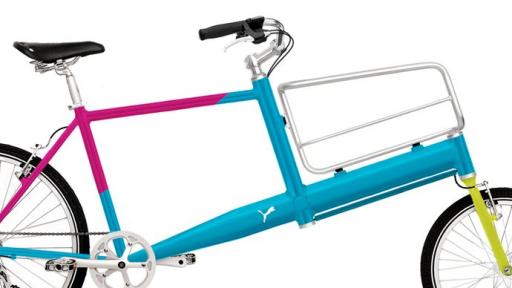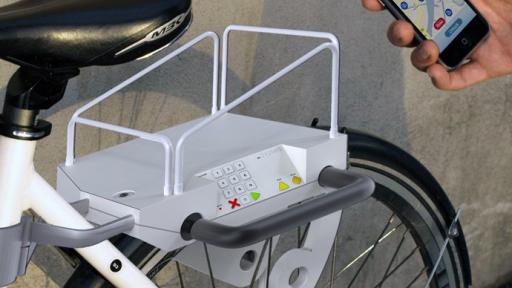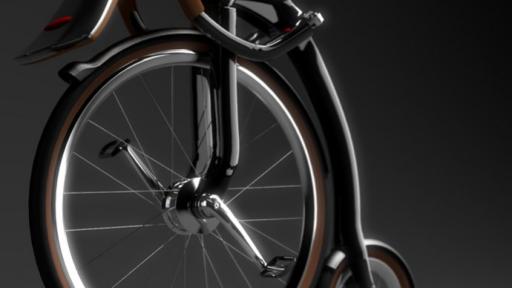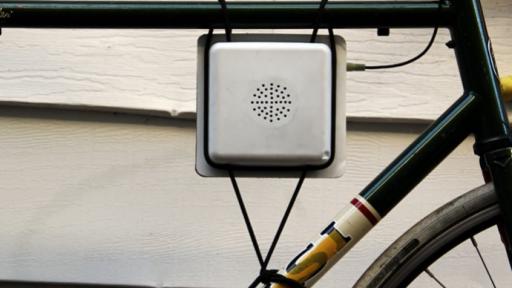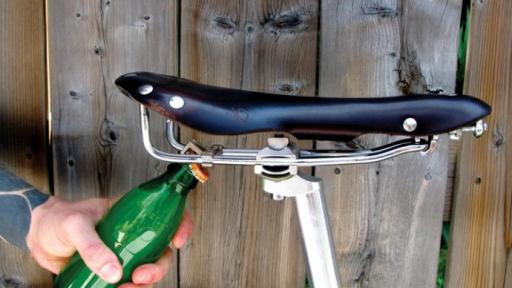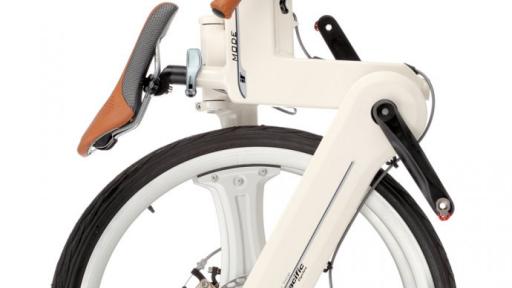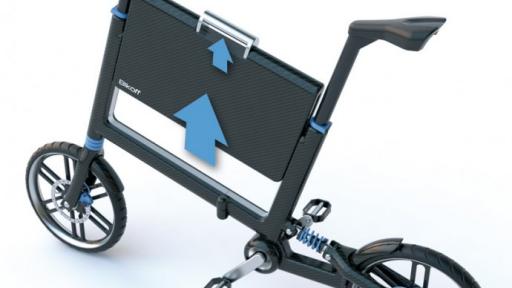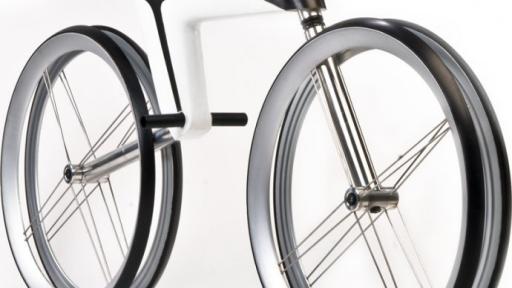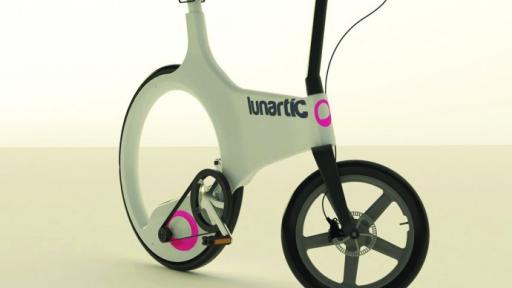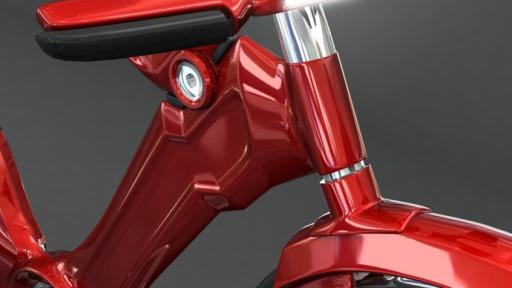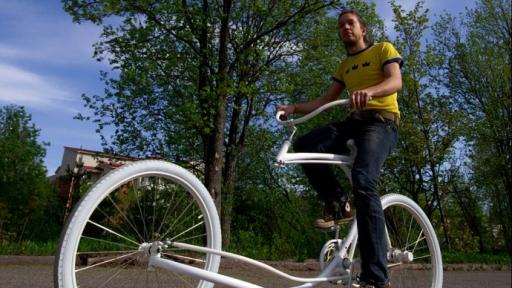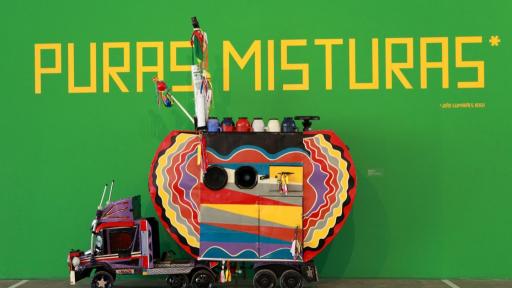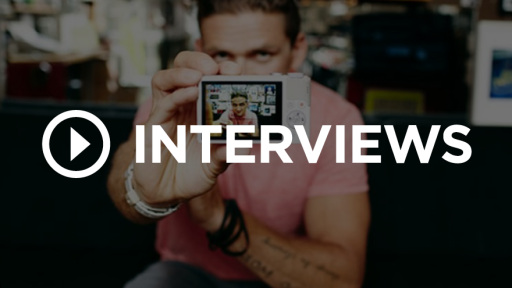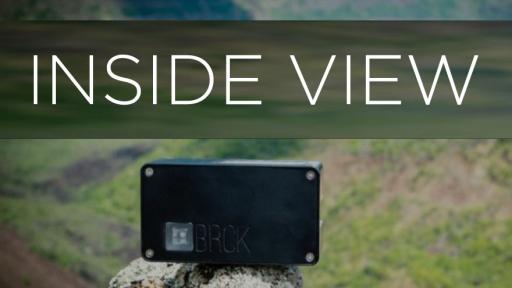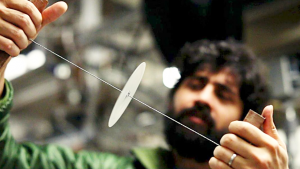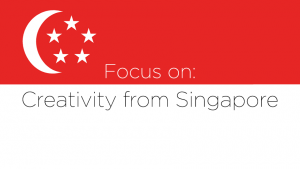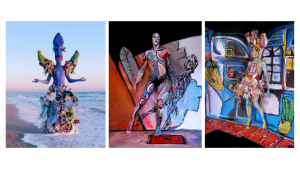Do It Yourself
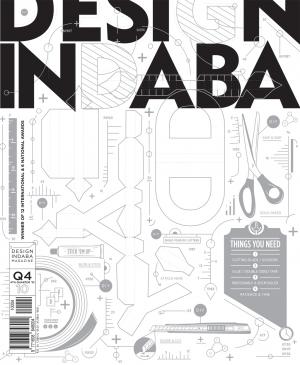
Imagine a near-future in which a post-consumer society generates a creative, collaborative economy where value is not booked as a credit-debit entry. Realising that neither big corporations nor anyone else other than ourselves is going to redesign this world, post-consumerism is a bottom(s) up movement. Instead of seeking entertainment through a new appliance, as in the heydays of the oil rush, post-consumers find second lives for the simple things around them, investing time, handskills and intellectual capital into the post-product. The post-product doesn’t exist in the economic system, it is an intangible set of values encapsulated by a proactive sense of global citizenship.
In this “Do It Yourself” world and magazine, we give thanks to Google for enabling the massive scale of contemporary collaboration and sharing. Mark Shuttleworth tells us that design distinguishes the increasingly prevalent Ubuntu open source operating system, and Michael Edwards explores the design challenges of open source game design.
While open source ventures are fuelled by thousands of people that willingly contribute their time and skill for free, biomimicry proposes that the ultimate open source handbook is nature. From second nature to second life, photographer Guido Schwarz revives low-tech artefacts in his future gallery of now, while Sean O’Toole explores the recent comeback of the bicycle in every form.
Inspiring tangible action, Heath Nash gives direction on how to make your own designer stool from cardboard boxes. In turn, designers Emily Pilloton from the US and Kiran Bir Sethi from India explain how teaching design thinking in schools inspires children to take the world in their own hands.
Taking the worldwide low-cost housing problem in their own hands, architects Alejandro Aravena from Chile and Malcolm Worby from South Africa explain two ways of empowering people regarding their own living conditions. It is out of this very pure form of human need that vernacular Brazilian street design is also built, writes Adélia Borges.
This near-future is now. It’s time to not only design the solution yourself, but do it yourself! – Nadine Botha

